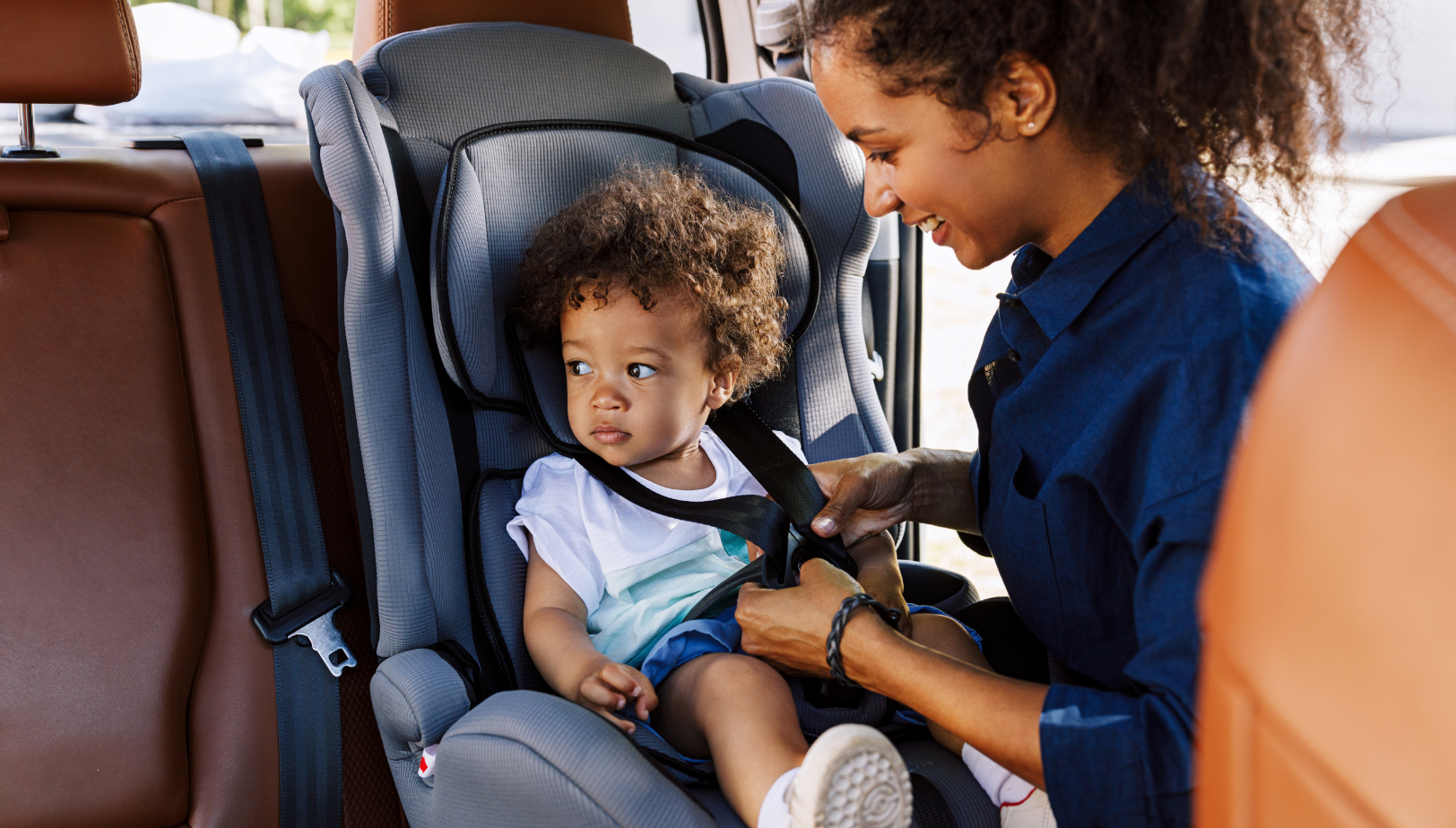
Car safety is a vital aspect to consider for everyone, but even more so when it comes to children. Even though car accidents can happen, it’s possible to lower the risk of a child getting hurt or worse. According to the National Highway Traffic Safety Administration (NHTSA), in 2021, 78 children under 8 lost their lives in traffic accidents in Texas. Shockingly, out of these tragic incidents, 22 children were not adequately secured or restrained during the accidents. Therefore, it’s essential to pay attention to child car safety and take steps to keep children safe in the car.
Children And Hot Cars
According to No Heat Stroke, in the last 25 years, over 940 children have lost their lives due to heatstroke caused by being left unattended or trapped in hot cars. Unfortunately, in 2022, 33 children died from vehicle heatstroke. We must recognize that children are particularly susceptible to heatstroke and that every death related to hot cars is preventable. Heat Stroke can occur when the body reaches a temperature of around 104 degrees and can turn deadly when the temperature surpasses 107 degrees. It is crucial to be aware of these risks and take preventative steps to keep children safe in hot vehicles.
- Never leave a child alone in a car, even for a few minutes. Opening the windows or parking in the shade does not make it safe for children to stay in the car.
- As a habit, always check the car seats in the back before you leave the car. If your child doesn’t arrive for care as expected, ask the childcare provider to contact you.
- Place your belongings, like your purse or bag, in the back seat of your car so you remember to check the back seat before leaving. If you need to, place a reminder in the passenger’s seat that your child is in the back seat.
- Keep the keys in a safe place away from your kids, and explain that playing in the car is dangerous.
(NHTSA)
Car Seat Safety
Almost half of all children aren’t properly buckled up in their car seats, which can be very dangerous. Using the correct car seat can save their life, so it is crucial to ensure it is installed correctly. Any child below eight years old in Texas should be secured in a child safety seat unless they are taller than 4 feet 9 inches. If a child is too big for a booster seat, they must use a seat belt to fasten themselves. (Texas Department of Transportation)
Here’s how you to secure your children safely:
- Use a rear-facing car seat for babies and toddlers under two years old.
- For children over two years old who have outgrown the rear-facing seat, use a forward-facing car seat with a harness for as long as possible.
- Children who exceed the weight or height limit for a forward-facing seat, use a booster seat until they are big enough for the vehicle seat belt.
- Children can use the vehicle seat belt when they are old and big enough. Children under 13 should sit in the back seat for their safety. Remember to use lap and shoulder seat belts properly.
(savemewithaseat.org)
Apart from ensuring that you have the appropriate car seat for your child’s age and size and installing the car seat correctly and securely in your vehicle, it is also advisable to avoid common mistakes, such as improper positioning of seat belts or using expired car seats.
Create a safe and comfortable environment during car rides by adjusting seat belts and minimizing distractions. Keep this guide handy to learn more about which type of car seat to use for your child. Following these rules can help keep your child safe while traveling in a car.
Children and Automobile Related Emergencies that Require an ER Visit
- Any injury sustained in a car accident, even if it seems minor
- Severe bleeding that cannot be controlled with pressure
- Loss of consciousness or confusion
- Chest pain or shortness of breath
- Severe headache
- Seizure
- Numbness or tingling in the arms or legs
- Severe burns
- Poisoning from car exhaust fumes
- Eye injuries
- Broken bones
- Amputation
If your child is involved in a car related accident or injury, it is important to seek medical attention immediately, even if you do not think there is an injury. Some injuries may not be apparent right away. No parent wants to experience an auto related injury, and knowing symptoms is the best way to keep your child from accident related complications. A visit to the ER is piece of mind and an assurance that your child receives proper care for auto related accident or injury.
Works Cited
Texas Department of Transportation. “Child Car Seats Save Lives but Nearly Half Are Misused.” Texas Department of Transportation, www.txdot.gov/about/newsroom/statewide/child-car-seats-save-lives-but-nearly-half-are-misused.html#:~:text=In%202021%2C%2078%20children%20younger,the%20time%20of%20the%20crash.
savemewithaseat.org. “46% of All Children Aren’t Buckled up Correctly.” Save Me With a Seat, www.savemewithaseat.org/.
NHTSA. “Heatstroke.” NHTSA, www.nhtsa.gov/campaign/heatstroke.





